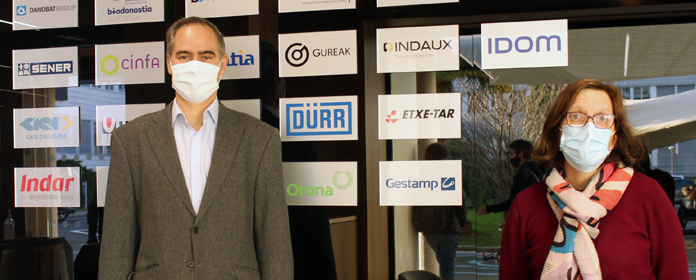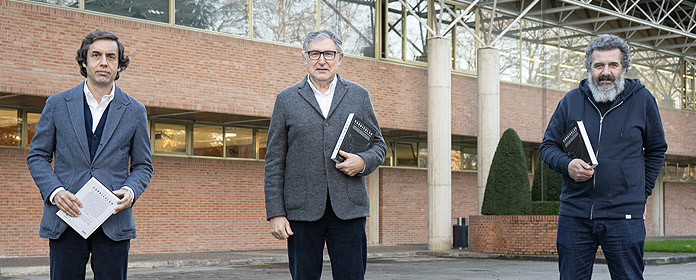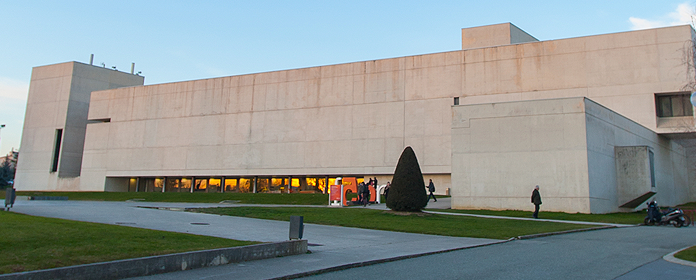After smokers, people with obesity are the second group at risk of suffering cancer
Emilio Alba, former president of the Spanish Society of Medical Oncology, participates in a congress at the University of Navarra.
"After smokers, overweight people may constitute the second major group cancer risk. And not only those who are obese in adulthood, but also in adolescence". congress This was stated by Dr. Emilio Alba, former president of the Spanish Society of Medical Oncology (SEOM) and one of Spain's leading experts in breast cancer, on the occasion of the 8th International Oncology Student Conference at the University of Navarra.
In Dr. Alba's opinion, in the same way that campaigns against smoking are carried out, information should be given with equal insistence about the harm of following certain diets or eating industrial pastries:"Sometimes we look for the latest advance to treat a disease and do not think about simple, common sense measures that could represent the main brake on diseases such as melanoma, the fastest growing tumor in Spain, and against which we simply have to protect ourselves from the sun from an early age".
Regarding the future of the classic therapies of chemotherapy and radiotherapy, the specialist considers that both will continue to be used for at least the next 25 years: "Almost no tumor can be treated with anti-diana drugs alone. They must all be combined with chemotherapy or radiation. Perhaps the new avenues of treatment will be directed towards sequencing and molecular definition of the tumor, but that is still in the future. In the present we will continue to rely on chemotherapy and radiation therapy."
220,000 cases in 2015, with a 50% cure rate
Dr. Alba's lecture , entitled "Cancer in Spain in 2015", will close the congress at the University of Navarra tomorrow, Saturday, at 12 noon. In his intervention, the specialist will recall that the incidence of the disease is growing at a rate of 1% per year, the same percentage with which mortality is decreasing."This progress has come about thanks to early diagnosis and better treatment strategies. Nevertheless, 220,000 new cases of cancer will be diagnosed in 2015 with a cure rate of 50%, distributed in 55% for women and 45% for men."
This is so, continues the expert, "because men continue to suffer more lung tumors, although this difference is narrowing. In fact, women, among whom tobacco consumption is widespread, are the only group in which the disease is growing".
Finally, regarding the possibility that cancer will one day be completely cured, the specialist considers that there will not be a single treatment for the group of different diseases that we call cancer, "but little by little we will gradually gain ground on each one individually".
The congress International Oncology for Students, organized entirely by students of Medicine, Pharmacy, Science and Nursing, will close on Saturday, March 3 with the submission awards ceremony for the best papers and posters presented by the students.




